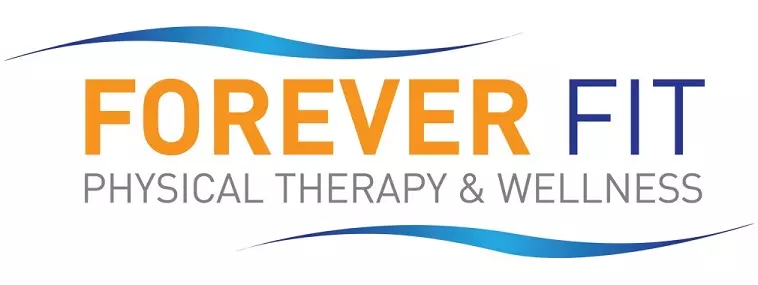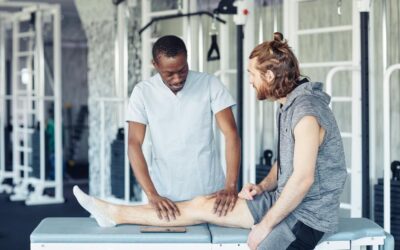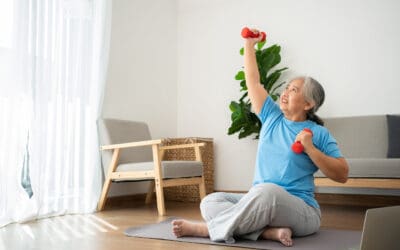It can be hard to sit out your sport while you’re injured, but sometimes rest is the best thing you can do to get your strength back. Click to learn about the 6 essential steps of sports injury rehabilitation and what you can do to speed up the process.
Physical Therapy
5 reasons why your scar tissue may still be causing you pain years after a surgery or injury
Soft tissue goes through many stages of healing in the months and years after an injury. Thick, fibrous scar tissue helps create structure so your body can repair your skin, muscles and connective tissue. As tissue heals, scar tissue can become restrictive, which may...
6 tips for reducing muscle tension exacerbated by anxiety
Anxiety and muscle tension are often closely connected. If you’ve ever noticed that your shoulders feel painfully tight or your jaw clenches when you're stressed or anxious, you're not imagining things. When left unchecked, muscle tension exacerbated by anxiety can...
What is a soft tissue injury and how can it be treated by a physical therapist?
If you’ve ever sprained your ankle, pulled a muscle or felt pain after a hard workout, you may have had a soft tissue injury. After sustaining a soft tissue injury, you’ll likely experience localized pain and other symptoms. For example, after spraining your ankle,...
Post-stroke rehabilitation: What does it typically involve during physical therapy?
If you or someone you love has recently had a stroke, you may not be sure where to start with rehabilitation. Strokes often have lingering effects that need to be addressed with treatment. In some cases, these may require continuous medical treatment. For post-stroke...
In what ways can a physical therapist improve scar tissue buildup?
Scar tissue is a natural part of your body’s healing process. After an injury or surgery, your body works hard to repair itself. One way it does that is by creating scar tissue. While scar tissue plays a helpful role, it can sometimes cause problems. Scar tissue can...
What are the pros and cons of dry needling?
Dry needling is a safe and effective treatment that can help you experience significant relief, though it can also come with some mild side effects. Major benefits of dry needling include targeted pain relief and accelerated recovery. This innovative technique,...
5 physical therapy services provided at Forever Fit’s Gaithersburg, MD, clinic
If you’re looking for physical therapy in Gaithersburg, Maryland, getting treatment at your local Forever Fit clinic can be a great option. Forever Fit’s Gaithersburg clinic offers expert professional services. We treat a range of conditions; our team is qualified to...
5 techniques your physical therapist may use to improve your lung capacity
Breathing is something we do all day, every day. It’s an action that’s effortless and automatic, often going unnoticed. Yet, it’s the foundation of life, sustaining every cell in our bodies. And a physical therapist can take steps to help you improve your lung...
Here’s what you need to know about recovery time after a stroke: 7 considerations
You can think of your brain as a bustling city, with millions of tiny workers — brain cells — communicating and coordinating your every action. A stroke is like a sudden power outage in this city, cutting off the vital supply of oxygen and blood to some of these...










